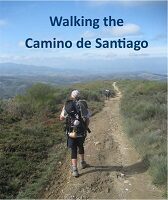The Pilot Station on The Camden Haven Headland not only holds a colonial pilot station history but a deep indigenous heritage that is found in the middens that are revealed in new historical novel The First Pilot.

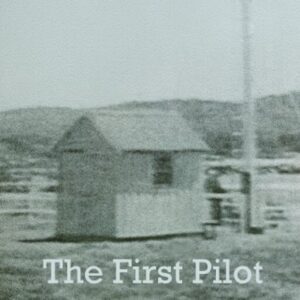
The three mountains inland from the Camden Haven Inlet are recognised as the resting place of the mythological brothers Mooragan, Booragan and Dooragan. The latter near Laurieton was called the North Brother . The North Brother is registered as a sacred site in the indigenous records .
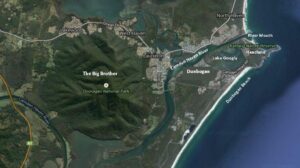
 The Big Brother Mountain, (Dooragan National Park) the Camden Haven River, and the pilot station headland 2015 (Google Maps 2015, Labels by Jonathan Drane)
The Big Brother Mountain, (Dooragan National Park) the Camden Haven River, and the pilot station headland 2015 (Google Maps 2015, Labels by Jonathan Drane)
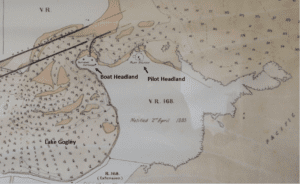
The composite map of the headland above is created based on an overlay of the Camden Headland today (2015), the headland in the 1860s as outlined in black and the indigenous remains which are in the form of middens shown as circles
In physical terms the headland in the 1860s is smaller than today due to the construction of the inlet breakwaters that resulted in extension of the beach areas and the separation of the prior headland beach into two beaches which are known today as Pilot Beach and Wash House Beach. The former became a protected beach whilst Wash House Beach remained open to the ocean and is a surf beach.

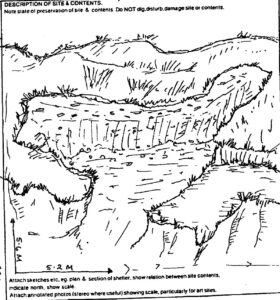
Middens are found across the circumference of the outer edge of the headland in individual places that suggest a series of meeting places that are circular in pattern across the headland. The middens are discovered in AHIMS site studies going back to 1900 and refer to shellfish and small pebbles that have cutting edges.
The site reports also refer to swamps and fresh water on the headland.The Ngamba people traditionally inhabited the Camden Haven with the Birpai occupying land to its south and west. It appears that the dialect was Birpai for these tribes. Archaeological tests show use of middens from 3500 years prior to European settlement.
The findings suggest the operation of a broad-based aboriginal economy, which included both estuary fishing and hunting of land animals. Stone tools had been manufactured from a wide range of fine grained sedimentary and volcanic materials.
Learn More
The First Pilot- A Pilot Station History 2
Buy Book:
The First Pilot a Pilot Station History Dr Jon Drane
